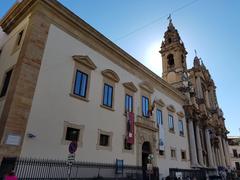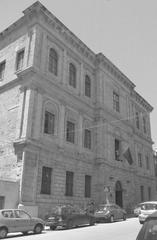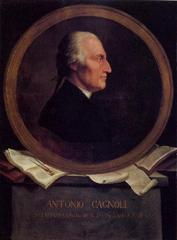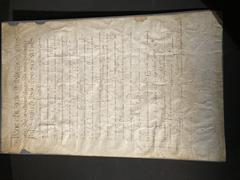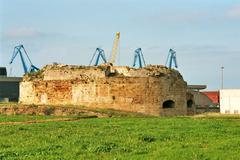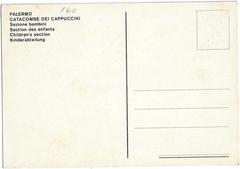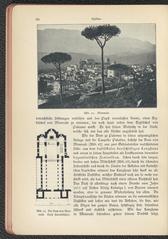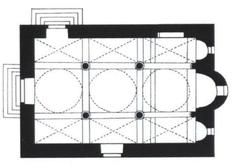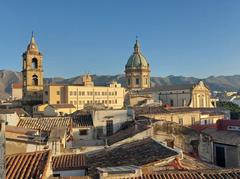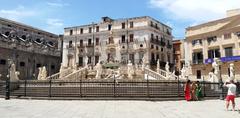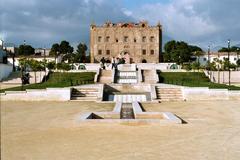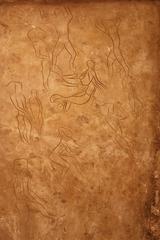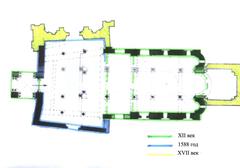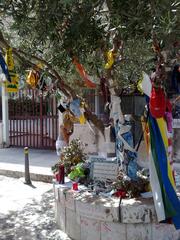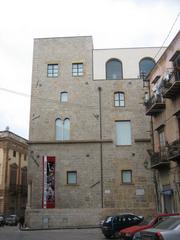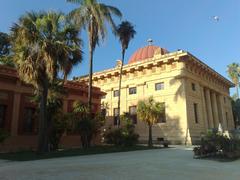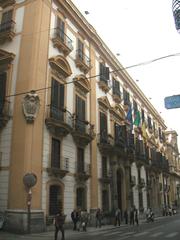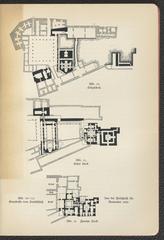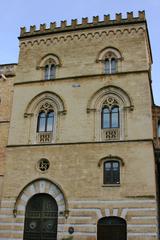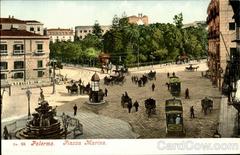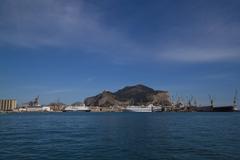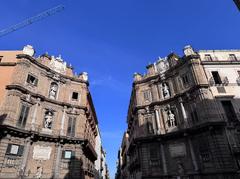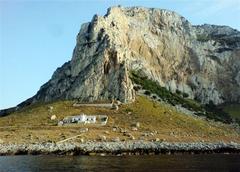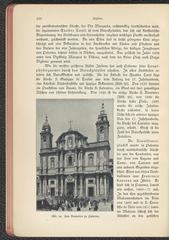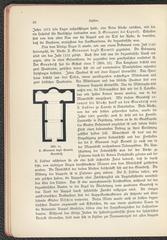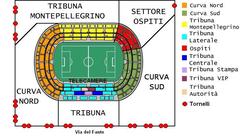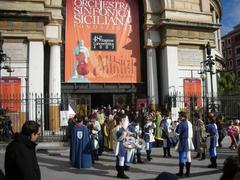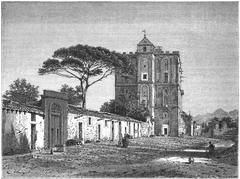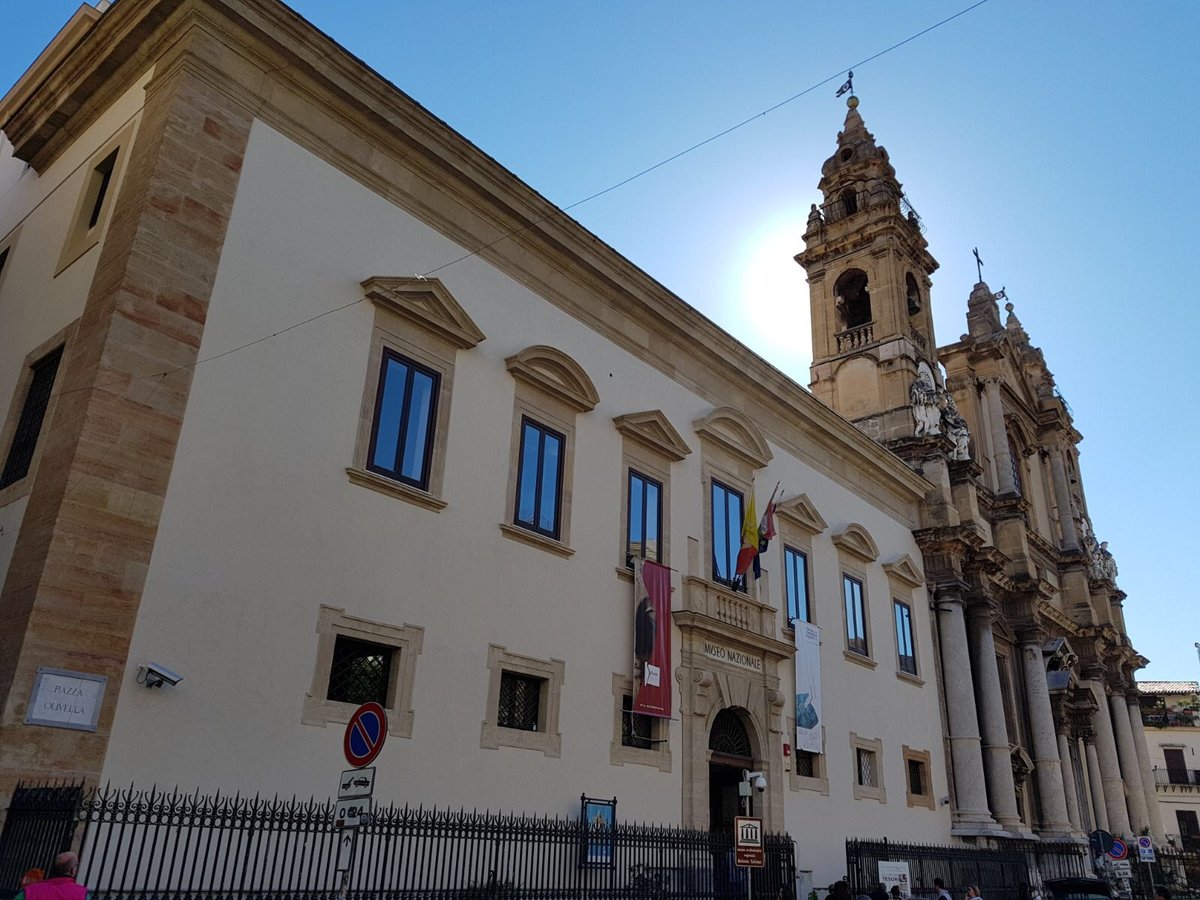
Regional Archaeological Museum Antonino Salinas Palermo: Visiting Hours, Tickets, and Complete Guide
Date: 14/06/2025
Introduction
Nestled in Palermo’s historic center, the Regional Archaeological Museum Antonino Salinas is a premier destination for anyone interested in Sicily’s ancient and multicultural heritage. Housed in the beautifully restored ex-Convent of the Padri Filippini, the museum is renowned for its world-class collections, including the Selinunte metopes, the Palermo Stone, and outstanding Etruscan, Punic, Greek, and Roman artifacts. Its thematic galleries and accessible layout make it a must-visit for scholars, families, and travelers seeking to immerse themselves in the island’s layered past.
For up-to-date details on hours, tickets, and special events, visitors should consult official resources such as CoopCulture, the Comune di Palermo Museum Page, and further visitor experiences at Weekend in Italy and Mainly Museums.
Table of Contents
- Museum Overview and Historical Significance
- Architectural Highlights
- Collections and Notable Artifacts
- Thematic Organization and Visitor Experience
- Visiting Information: Hours, Tickets, and Accessibility
- Facilities, Guided Tours, and Visitor Tips
- Nearby Attractions and Palermo Cultural Itinerary
- Frequently Asked Questions (FAQ)
- Visual Highlights
- Plan Your Visit: Key Resources and Contacts
Museum Overview and Historical Significance
The museum traces its origins to an 18th-century collection, later transferred to the former Oratorian convent after 1866. Under Antonino Salinas (director from 1873–1913), its holdings expanded dramatically, reflecting Sicily’s unique position as a crossroads of Mediterranean cultures. Salinas’s own collections—including coins, manuscripts, and archaeological finds—formed the foundation of the museum’s reputation as an academic and public institution (Wikipedia; Wonders of Sicily).
The museum’s dedication to research, public education, and ethical stewardship is evidenced by its rich photographic archives, regular international collaborations, and high-profile repatriation efforts, such as the return of a Parthenon fragment to Athens in 2022 (Wikipedia).
Architectural Highlights: The Ex-Convent of the Padri Filippini
Set within a complex blending late Renaissance and Baroque elements, the museum’s architecture is as striking as its collections. Notable features include:
- First Courtyard: Distinguished by grey marble columns, polylobed arches, whimsical stone masks, and a 16th-century Triton Fountain.
- Second Courtyard: Rectangular with porticoes and a tranquil central fountain.
- Interiors: Light-filled galleries around the cloisters, a 17th-century chapel, and a restored loggia with Sicilian maiolica tiles.
Despite wartime damage and urban changes, the surviving structures provide an evocative backdrop for the displays, offering a seamless integration of history and art.
Collections and Notable Artifacts
Selinunte Metopes
The museum’s most famed treasures are the metopes from the temples of Selinunte, among the greatest examples of Western Greek sculpture. These 6th–5th century BCE reliefs depict mythological scenes—such as Perseus and Medusa or Heracles with the Cercopes—and are pivotal to understanding Greek art in Sicily (Weekend in Italy; Mainly Museums).
The Palermo Stone
A key highlight is the Palermo Stone, a basalt Annal chronicling Egypt’s earliest dynasties. This crucial Egyptological artifact underscores Palermo’s historical Mediterranean connections (Mainly Museums; Rough Diplomacy).
Phoenician and Punic Artifacts
Significant finds include anthropoid sarcophagi from Cannita, funerary stelai, and objects illustrating the blending of Phoenician, Punic, and Greek traditions during pivotal moments like the Carthaginian conquest (Mainly Museums).
Etruscan, Greek, and Roman Collections
Exhibits span Attic pottery, Etruscan sarcophagi, Roman bronzes (such as the Ram of Syracuse), and Greek jewelry from major Sicilian cities (Tindari, Agrigento, Gela), offering a panoramic view of the island’s history (Wikipedia).
Numismatic and Sculptural Masterpieces
The museum’s coin collection is among Italy’s largest and most important, documenting economic and cultural exchange. Notable sculptures include colossal statues of Zeus, exemplifying the region’s artistic achievements (Mainly Museums).
Thematic Organization and Visitor Experience
The museum’s galleries are organized both chronologically and thematically:
- Ground Floor: Centers on the Selinunte metopes, 19th-century archaeological finds, and the Renaissance Triton Fountain.
- First Floor: Focuses on Etruscan, Greek, and Roman artifacts, numismatics, and religious objects.
- Second Floor: Integrates prehistoric, Phoenician, Greek, Roman, and Byzantine artifacts, emphasizing Sicily’s multicultural evolution.
Interpretive panels in Italian and English, interactive digital displays, and reconstructed architectural elements enhance engagement for all ages and backgrounds (Mainly Museums; World Archaeology).
Visiting Information: Hours, Tickets, and Accessibility
Location: Via Bara all’Olivella, 24, Palermo, Italy
Opening Hours (as of June 2025):
- Tuesday to Saturday: 9:00 AM – 6:00 PM (last entry 5:30 PM)
- Sunday & holidays: 9:00 AM – 1:30 PM (last entry 1:00 PM)
- Closed Mondays (WhichMuseum)
Tickets:
- General admission: €6–8
- Reduced rates for students, seniors, and groups
- Free for children under 18 and select categories
- Special exhibitions may require an additional fee
- Online booking is recommended during peak seasons (CoopCulture)
Accessibility:
- Wheelchair accessible with ramps and elevators
- Accessible restrooms on all floors
- Tactile guides and Braille panels in select galleries
Photography: Permitted without flash in permanent exhibits; restrictions may apply in temporary exhibitions.
Facilities, Guided Tours, and Visitor Tips
Amenities:
- Cloakroom for bags and coats
- Bookshop with Sicilian archaeology publications and souvenirs
- Café options nearby in the Olivella district
Guided Tours & Resources:
- Thematic guided tours (Greek art, Phoenician culture, Sicilian history) available in Italian and English; other languages on request
- Audio guides and mobile app with interactive maps and AR features
Visitor Tips:
- Visit on weekday mornings for a quieter experience
- Allocate 2–3 hours for a thorough visit
- Comfortable shoes recommended for walking galleries and courtyards
- Check the official museum page for temporary exhibitions and educational events
Nearby Attractions and Palermo Cultural Itinerary
The museum’s central location makes it easy to combine with other iconic sites:
- Teatro Massimo: Italy’s largest opera house
- Palermo Cathedral: An architectural palimpsest of Norman, Gothic, and Baroque styles
- Quattro Canti: Palermo’s iconic Baroque crossroads
- Church of San Domenico and Mercato del Capo: For further cultural immersion
Public transport and taxis are readily accessible.
Frequently Asked Questions (FAQ)
Q: What are the current opening hours?
A: Tuesday to Saturday, 9:00 AM–6:00 PM; Sunday and holidays, 9:00 AM–1:30 PM; closed Mondays.
Q: How much is admission?
A: €6–8 for adults, reduced rates for students/seniors, free for children under 18.
Q: Are guided tours available?
A: Yes, in Italian and English; book in advance for groups.
Q: Is the museum wheelchair accessible?
A: Fully accessible with ramps, elevators, and accessible restrooms.
Q: Can I take photographs?
A: Non-flash photography is allowed in permanent exhibits.
Visual Highlights
Alt tags are optimized for search, featuring ‘Regional Archaeological Museum Antonino Salinas visiting hours’, ‘Selinunte Metopes’, ‘Palermo historical sites’, etc.
Plan Your Visit: Key Resources and Contacts
- Regional Archaeological Museum Antonino Salinas - CoopCulture
- Comune di Palermo Museum Page
- WhichMuseum Visiting Hours
- Wonders of Sicily: Museum Overview
- Mainly Museums: Visitor Experience
- Weekend in Italy: Museum Details
Essential Travel Tips
- Check official websites for the latest updates on hours and tickets.
- Allow ample time to explore the galleries and temporary exhibitions.
- Use public transport or nearby parking garages for convenience.
- Download the Audiala app for enhanced visitor resources.
Conclusion
The Regional Archaeological Museum Antonino Salinas is a cornerstone of Sicilian cultural heritage, offering a comprehensive journey through the civilizations that shaped the island. Its exceptional collections, immersive galleries, and accessible facilities ensure a rewarding experience for all. Combine your visit with Palermo’s other historic sites for a memorable exploration of the city’s rich past.
Plan your visit today and discover why the Antonino Salinas Museum is considered one of Italy’s most significant archaeological institutions (Weekend in Italy).
Sources and Further Information
- CoopCulture
- Wonders of Sicily
- Antonino Salinas Regional Archaeological Museum - Wikipedia
- Mainly Museums
- WhichMuseum - Opening Hours
- Weekend in Italy
